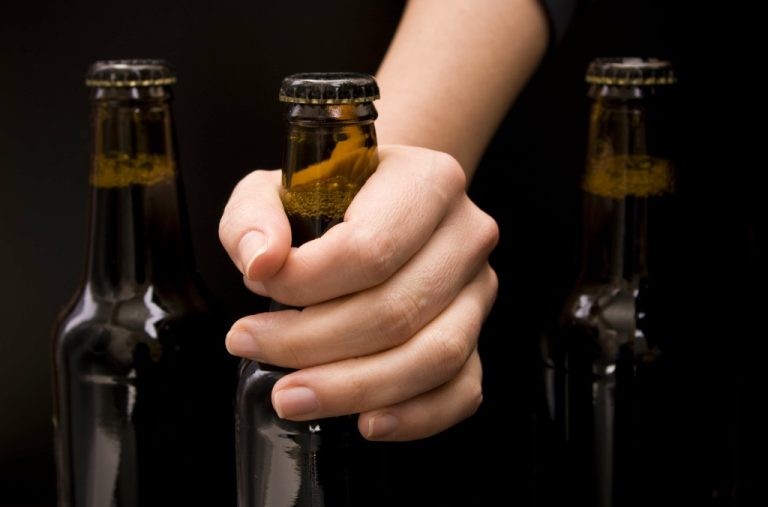2 June 2020
Drug Abuse Across the Lifespan: A Biopsychosocial Approach Brian Kelley
Recent research has suggested that enriched environments produce long-term neural modifications that decrease neural sensitivity to morphine-induced reward (Xu, Hou, Gao, He, and Zhang 2007). Accordingly, the social environment can increase the frequency of cravings, which may contribute to increased drug consumption, and thus increase the probability that affected individuals will participate in a series of habituated behaviours that facilitate using (Levy 2007b). 14Slade et http://www.medsite.com.ua/medicine_news_418.html al.’s arguments may also indicate that the vagueness of the BPSM and “complex disorder” idea effectively grant researchers wide discretion in deciding what observations would be validating of a construct like TMD. Giving patients labels that selectively emphasize certain aspects of their suffering and imply diseasehood without due justification is problematic. In addition to having the potential to undermine research in the ways discussed above, it creates ethical problems.

Assessment tools for screening and clinical evaluation of psychosocial aspects in addictive disorders
It is important to note substance use disorders do not often have one-specific cause. You may use a combination of theories to help your clients explore why they use substances and why they continue to use substances, are increasing substance use, or choosing to change their substance use, remembering you are not diagnosing. Using theories may help you understand the complexity of substance use and why one theory is generally not enough. Teens are especially vulnerable to possible addiction because their brains are not yet fully developed—particularly the frontal regions that help with impulse control and assessing risk. Pleasure circuits in adolescent brains also operate in overdrive, making drug and alcohol use even more rewarding and enticing.
- Addiction can occur regardless of a person’s character, virtue, or moral fiber.
- Thus the claim that “an addict cannot be a fully free autonomous agent” (Caplan 2008, p.1919) is debatable.
- The threats are based on emotional and moral attitudes towards the existence of the SIS and drug addicts generally, as opposed to empirical evidence (Des Jarlais, Arasteh, and Hagan 2008).
- I argue that TMD has become the subject of unjustified claims and that these claims are at least partly products of the question-begging strand of wayward BPSM discourse.
Other ways to access
- We performed descriptive analyses to detail the characteristics of NSDUH sample participants.
- The new axis proposals appear to try to pursue all hypotheses on mandible symptoms at once.
- The subculture provides an alternative source of social support and cultural activities, but those activities can run counter to the best interests of the individual.
- Many subcultures are neither harmful nor antisocial, but their focus is on the substance(s) of abuse, not on the people who participate in the culture or their well-being.
Thus, Kohlbeck and Nelson would have health professionals working to restructure society and manipulate the parameters of public debate as forms of disease control and prevention. This section argues that the rise of wayward BPSM discourse has had significant negative consequences http://fashionhome.ru/news/news/news/news/news/news/news/news/news/news/news/news/news/news/news/news/news/news/news/news/news/news/news/news/news/news/news/news/news/news/news/news/news/news/page-1.html for medicine and society. In particular, wayward discourse has created certain disease construct dysfunctions that may have helped undermine certain lines of medical research. In this section I use three case studies to illustrate what wayward BPSM discourse is and how it works.
Access this book
- Semi-synthetic opiates such as heroin mainly activate mu opioid receptors in the central nervous system (Koob, Sanna, and Bloom 1998).
- Thus, an important part of psychosocial assessment is to screen and diagnose for these co-morbid conditions.
- As described by the informants, protection from violence, safe housing and a predictable income are crucial elements in the recovery process.
- When people who abuse substances are marginalized, they tend not to seek access to mainstream institutions that typically provide sociocultural support (Myers et al. 2009).
Across 12 studies, they found significant reductions in drug use post-discharge, but overall these reductions were not always greater than those reported in other treatment modalities. However, they point out that the unique benefit of TCs is that they may provide the best treatment option for those with severe substance dependence and complex psychosocial presentations. Interestingly, a recent large-scale substance use treatment study from Australia found that abstinence from alcohol was more likely to be reported if an individual’s treatment history included a residential stay (in Australia, these are primarily http://amikeco.ru/2009/05/vkontakte-dankas.html/comment-page-17 TCs) [13]. Overall, the literature suggests that TCs are an effective treatment option with some indication that this is particularly the case for those with severe substance use and complex psychosocial presentations. Substances such as alcohol and legal or illegal drugs have been used for recreation, celebration, and coping with difficult life situations and health problems [37]. Several theories and models have been developed to understand the concept of substance use disorder (SUD), focusing on, for example, self-medication, behaviour, self-regulation, neurobiology or social living conditions [25, 33, 47].

No Comments currently posted.
Post a comment on this entry:
You must be logged in to post a comment on this entry.


